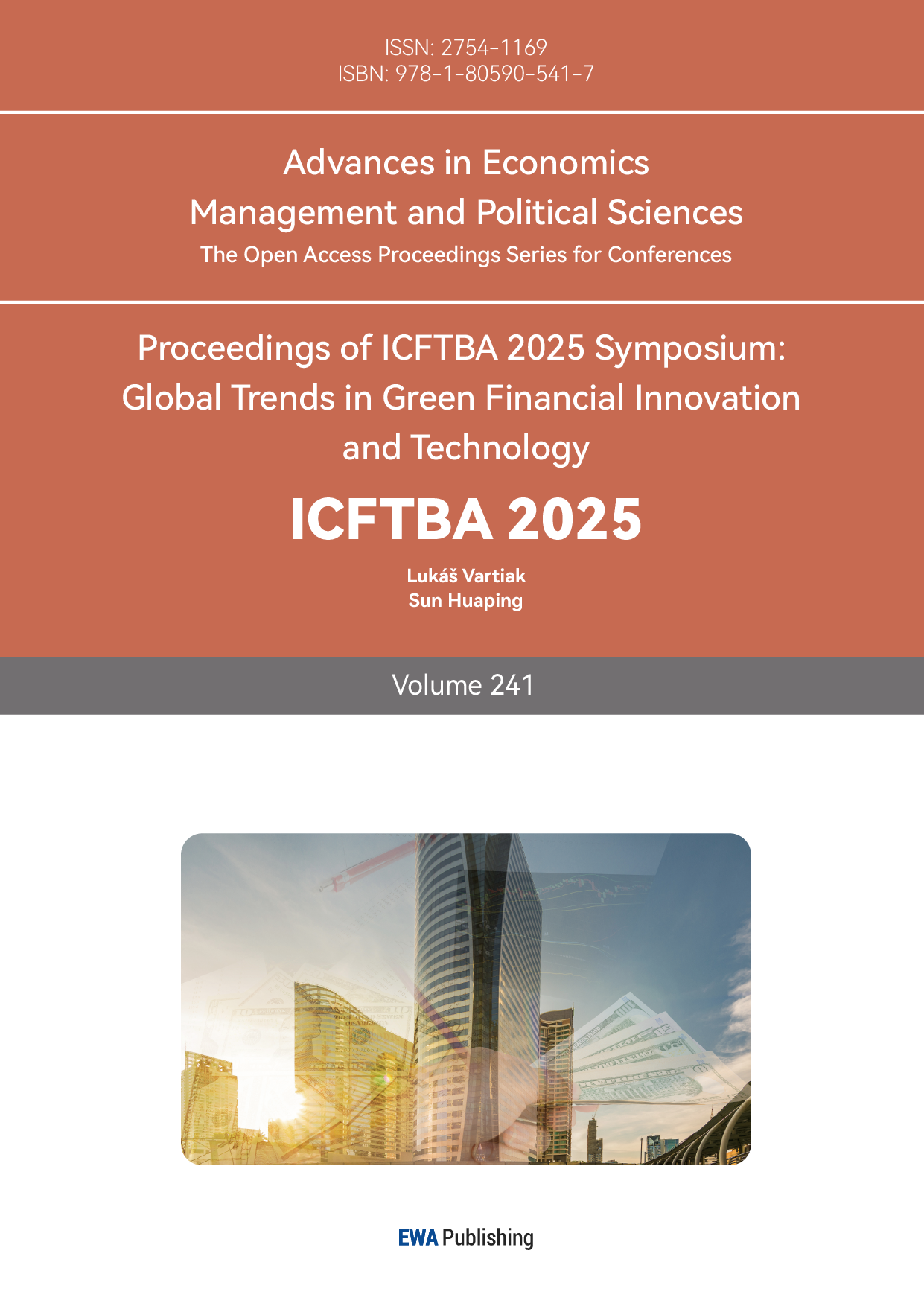References
[1]. United Nations General Assembly. (2015). Transforming our world: the 2030 Agenda for Sustainable Development (A/RES/70/1). New York: United Nations. SDG Compass (GRI, UNGC, WBCSD) — guide for businesses.
[2]. Kapferer J.-N. & Michaut-Denizeau A. (2020). The research investigates whether millennials exhibit increased sensitivity toward sustainable luxury products. Journal of Brand Management 27(1) 35–47.
[3]. The SDG Compass: A Business Guide to SDG Action was published by GRI and United Nations Global Compact and WBCSD in 2015.
[4]. United Nations Global Compact. (2017). The SDGs Explained for Business. Retrieved from https: //www.unglobalcompact.org/sdgs (accessed 25 September 2025).
[5]. Grauel, C., Müller, T., & Ehnert, I. (2025). Sustainability Preferences of Luxury Consumers: Is all that Green Gold? Future Business Journal, 12(1), 1–15.
[6]. Achabou M, Dekhili S (2013) Luxury and sustainable development: is there a match? Journal of Business Research 66(10): 1896–1903.
[7]. Campos Franco J, Hussain D, McColl R (2019) Luxury fashion and sustainability: looking good together. Journal of Business Strategy 41(4): 55–61.
[8]. Batat, W., Manika, D., Duma, F., Millard, R., Mrad, M., Mitchell, N. A., & Yao, A. Y. (2025). Positive Luxury: A Consumer-Centric Approach to Bridging Luxury and Sustainability. Marketing Theory, 14705931251321822.
[9]. Gardetti, M. A. (2021). Sustainable Luxury and Climate Change: The Role of Leading Fashion Groups. Journal of Corporate Responsibility and Leadership, 8(2), 23–40.
[10]. Brydges, T., & Hanlon, M. (2020). Green Growth and the Fashion Industry: Partnerships for Sustainable Development. Journal of Cleaner Production, 268, 122–133.
[11]. Chen, J. (2025). Reishi™ Mushroom Leather: Pioneering Sustainable Leather in the Fashion Industry. Journal of Publication Where Available.



